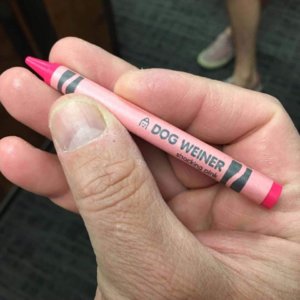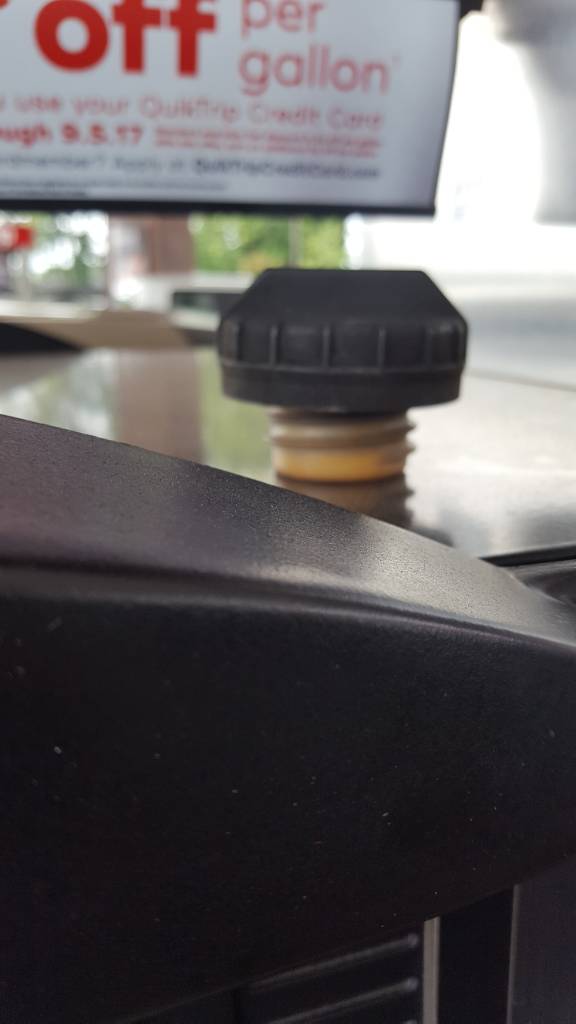unworldlyalex
Member
- Joined
- Feb 25, 2016
- Location
- Archer Lodge
ASME insures it's good when you GET it....does NFPA have a guideline for maintaining ladders?
Have any of you that's done these tests ever witnessed a ladder that was at the END of it's lifecycle? What was the determining factor? Deflection? Failure to retain memory?
I think what you're looking for is NFPA 1932, which outlines mounting, storage, use, inspection and maintenance, and testing of ground ladders. If you want to view the current standard you need to create an account, or you could look at the 2004 standard.
Skimming through it, it looks like the NFPA's method is to load it with 350lbs for one minute, unload and measure from the bottom of the center of the ladder to the floor. It's then loaded with 500lbs for 5 minutes, then unloaded and allowed to rest for another 5. Another measurement is taken at the center, and depending on the length, they have a maximum deflection allowed. In the case of a 35 foot ladder, they allow up to an inch and a half of difference in the measurement.
If you're interested in maintenance, they have a section on that as well, NFPA is pretty detailed.









